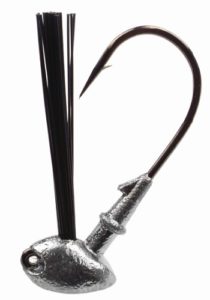How to Pour Two Color Soft Plastic Baits
 If you want to learn How to Pour Two Color Soft Plastic Baits, you’ve found the right place! A lot of anglers have learned how to make their own soft plastic baits, but without some experienced guidance it’s not always easy to learn How to Pour Two Color Soft Plastic Baits.
If you want to learn How to Pour Two Color Soft Plastic Baits, you’ve found the right place! A lot of anglers have learned how to make their own soft plastic baits, but without some experienced guidance it’s not always easy to learn How to Pour Two Color Soft Plastic Baits.
At the end of this article is a great video that will walk you through the steps. In the meantime, here is some info to lead into that video and get you prepared to pour your own two color soft plastics baits.
The Advantages of Making Your Own Lures
One of the great things about pouring your own soft plastic baits is that you can make the custom colors that you know will work for you. This also allows you to experiment with new colors and test them on your local lake.
You can do an endless amount of testing and tweaking in order to figure out what works best for you under any conditions you encounter.
Pouring Two Colors Can Be Intimidating at First
For many, using a two color bait is critical to getting bites. Pouring a single color is super easy. But learning How to Pour Two Color Soft Plastic Baits can be a bit intimidating.
By the time you finish this article and the video below, you’ll no longer be intimidated, and you’ll know what it takes to know How to Pour Two Color Soft Plastic Baits.
The secret to making it as easy as possible is in using the dual injector. This tool will make creating two-color baits incredibly easy and painless. The dual injector is used with a blending block that allows two colors of soft plastic to be injected into your mold at the same time. This saves a ton of work and makes the process very easy!
The hardest part, which isn’t very hard at all, will be choosing the two colors that you want to work with! And as we mentioned above, you can experiment and tweak to your heart’s content until you get the colors just right.
And, please be sure to use all of the necessary protective equipment to prevent burns and inhaling fumes from the hot plastic. Your hands and lungs will thank you 🙂
Items used for this project:
- Dual Injection System
- Dual Injection Conversion Kit
- Medium 4 oz. Injector
- Soft Plastic Essential Series Starter Kit
- Essential Series Molds
- Mixing Cups & Sticks
- Poly Glitter
- Essential Series Plastisol
- Scented Worm Oil
- Soft Plastic Liquid Color
- Super Soft Plastic
- Worm Salt
- Hot Mill Gloves
- Respirator Mask
If you enjoyed this post, please be sure to like it and share it with your friends.
If you’d like to learn more about how to make soft plastic swimbaits, click here.
And, as always, if you need any kind of lure-making supplies, be sure to visit our website, at http://lurepartsonline.com

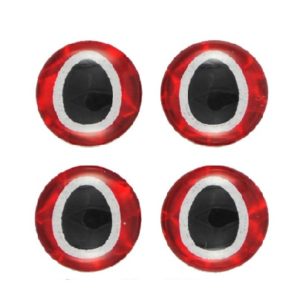 Making homemade lures, especially wood lures, requires that you add some kind of eye to the lure before it’s finished. Many people opt to buy eyes that are already made, and simply stick them on. But some people want to know how to make holographic 3D eyes for fishing lures because they want their lure to be 100% custom made.
Making homemade lures, especially wood lures, requires that you add some kind of eye to the lure before it’s finished. Many people opt to buy eyes that are already made, and simply stick them on. But some people want to know how to make holographic 3D eyes for fishing lures because they want their lure to be 100% custom made.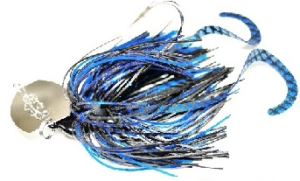 Bladed jigs catch huge numbers of fish, so we wanted to create this blog post to show you How to Make a Chatterbait Style Bladed Jig in a few very easy steps.
Bladed jigs catch huge numbers of fish, so we wanted to create this blog post to show you How to Make a Chatterbait Style Bladed Jig in a few very easy steps.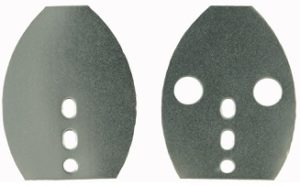
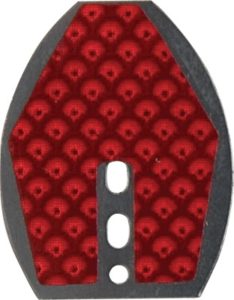
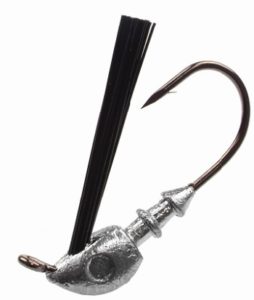 Spring time is a great time to learn how to make a swim jig. Then again, just about anytime is a good time to learn How to Make a Swim Jig!
Spring time is a great time to learn how to make a swim jig. Then again, just about anytime is a good time to learn How to Make a Swim Jig!